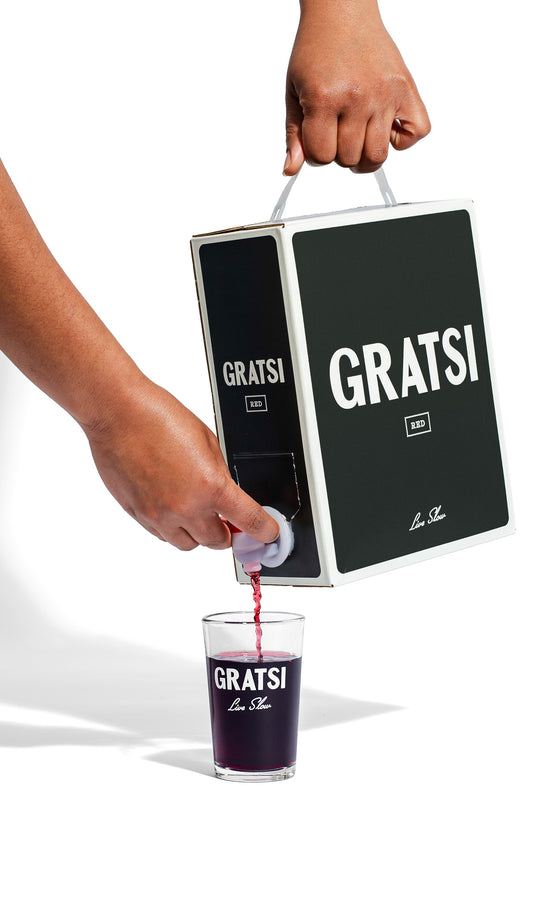A Trick up your Sleeve
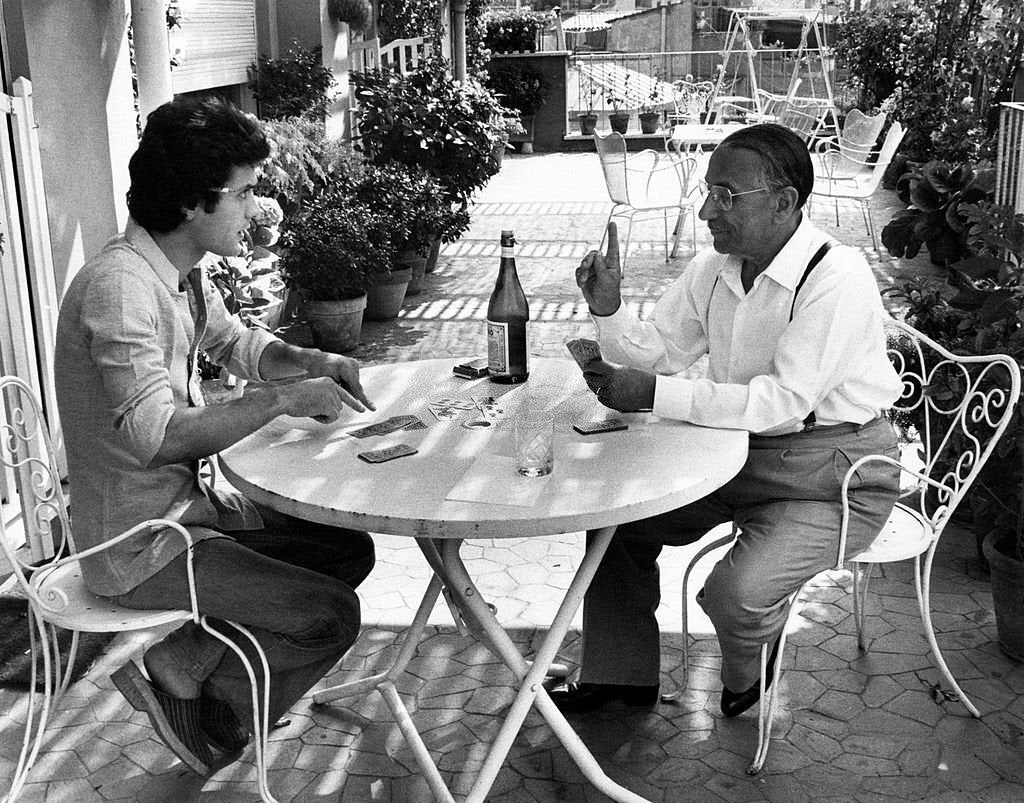
Le Carte da Gioco
A Trick up your Sleeve
By Antonia Fest
August 20, 2023
If you have ever strolled down the street in any given Italian town, city or beachfront, you will likely have seen groups of locals passively seated but actively concentrated. Their focus is on their hands or rather, what their hands are preciously and protectively holding. Every now and then they will make furtive glances at their companions trying to catch any giveaway signs which will lead to victory. The rest of the world is a faraway thought, and all their attention will be devoted to the game of cards which they are intent on winning. Beyond a casual past-time, playing cards (le carte da gioco) in Italy is a ritualistic and sacred cultural activity adored by the vast majority of the population.
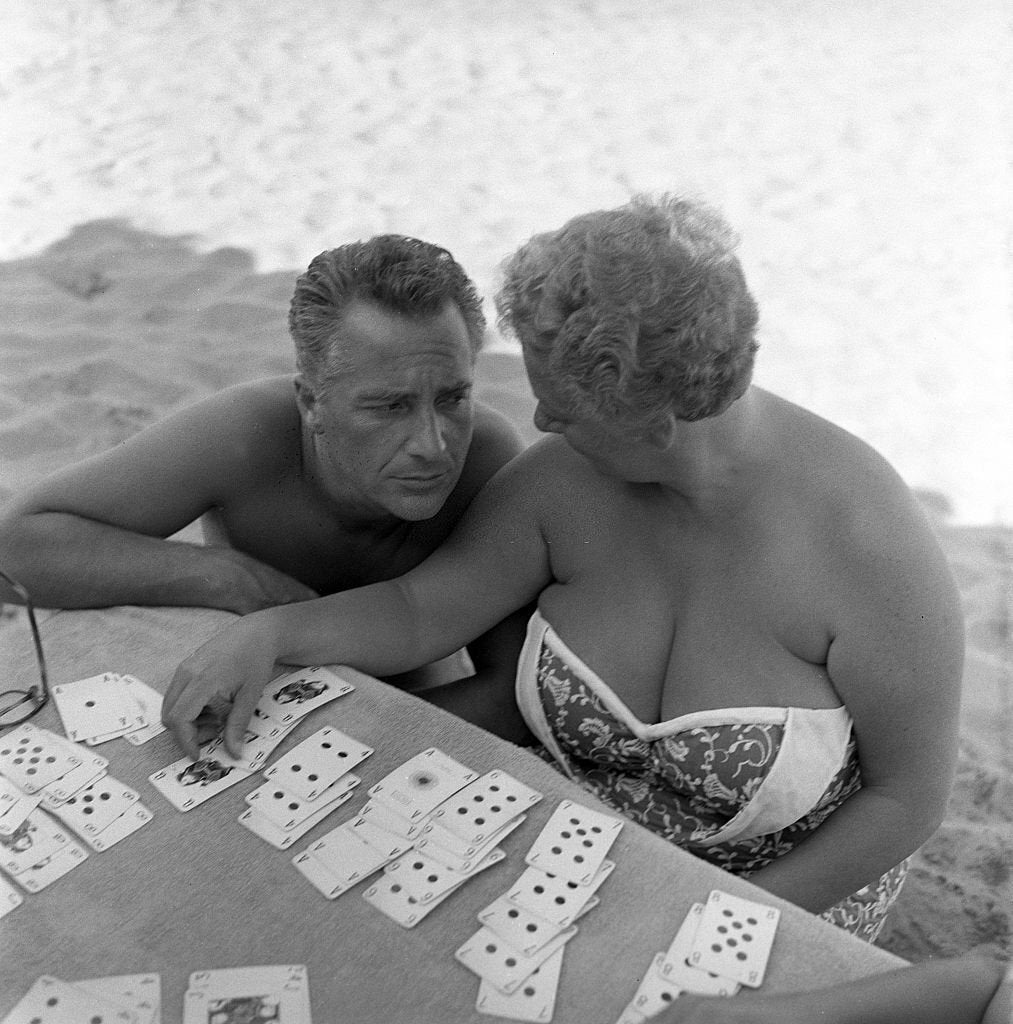
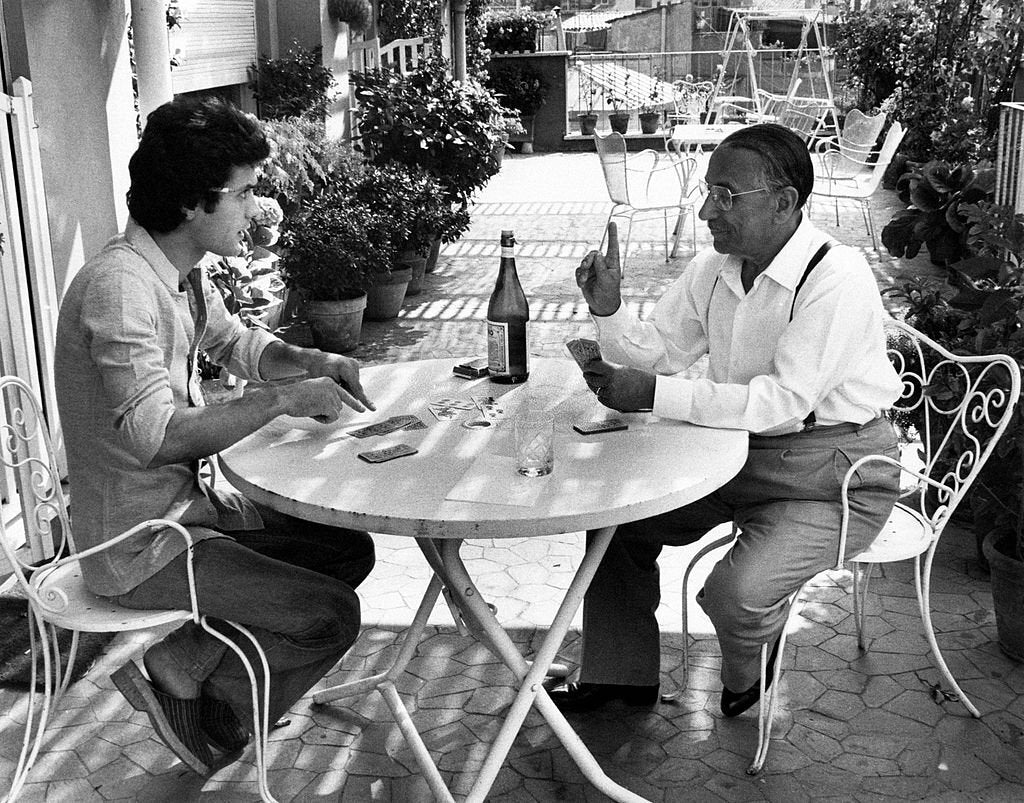
I remember as a teenager spending summers in Southern Italy with my best friend’s family. Her parents had banned her younger sister from playing cards with the other kids for fear of her gaining an unhealthy obsession which may have led to gambling. If not swimming in the sea or tanning on the shores, teenagers would spend hours of their precious summer days, shuffling, flipping, folding, betting, winning or losing at cards. The phenomenon is addictive. Not only do the youth play but others will sit around the table watching the games unfold with spellbound fascination. Youngsters will beg at the opportunity to take part in the next round. Shouts or cheers will erupt from the huddles after particularly intense matches and by tender young ages, some will have already mastered the art of even the trickiest games. In Italy, card playing is a spectacle.
Cards are not reserved just for the young and you will see groups of all ages at bars, in piazzas, on benches, in parks sometimes seated at makeshift tables having convened for a lazy or sometimes aggressive afternoon of playing their favourite games. For some, it can be a daily ritual and most Italian decks have slightly smaller dimensions, designed to fit perfectly into a back pocket. When leaving the house, a pack of cards can be considered an essential item along with phones and keys.
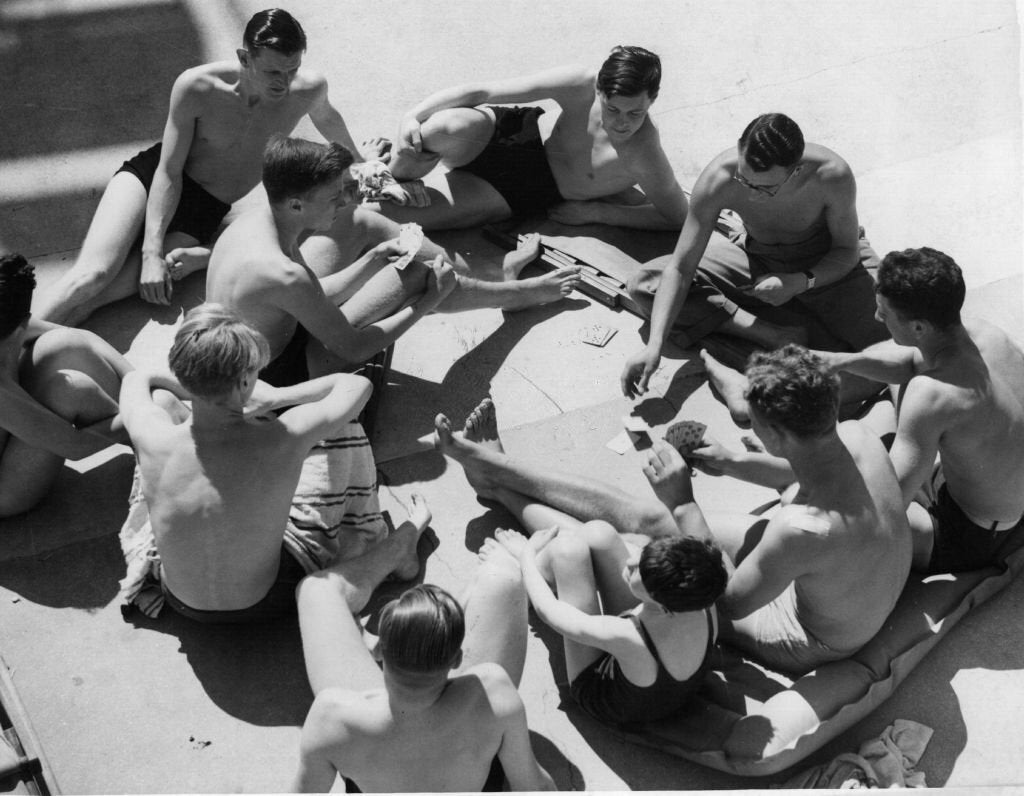
They were most likely first introduced to Italy in the 14th century by the Moors who were important traders with the Mediterranean at the time. There are documents found in Florence that date to 1376 where a game called Naibbe (the word derives from the Arab term for a royal card) was banned as a result of the church’s strong opposition against gambling. However, despite best efforts, once card games had infiltrated Italy’s cultural practices, there was no getting rid of them. For the people, the social enjoyment was too irresistible whilst for the government, the opportunity to impose taxes on the manufacture of the decks was too lucrative.
Since Italy was still half a millennium away from being a unified country, each region adopted different approaches to playing cards. There are, in total, 16 different styles of packs throughout the country. The southern states like Naples and Sicily strayed the least far from Moors’ practices both in terms of the games and the design of the decks.
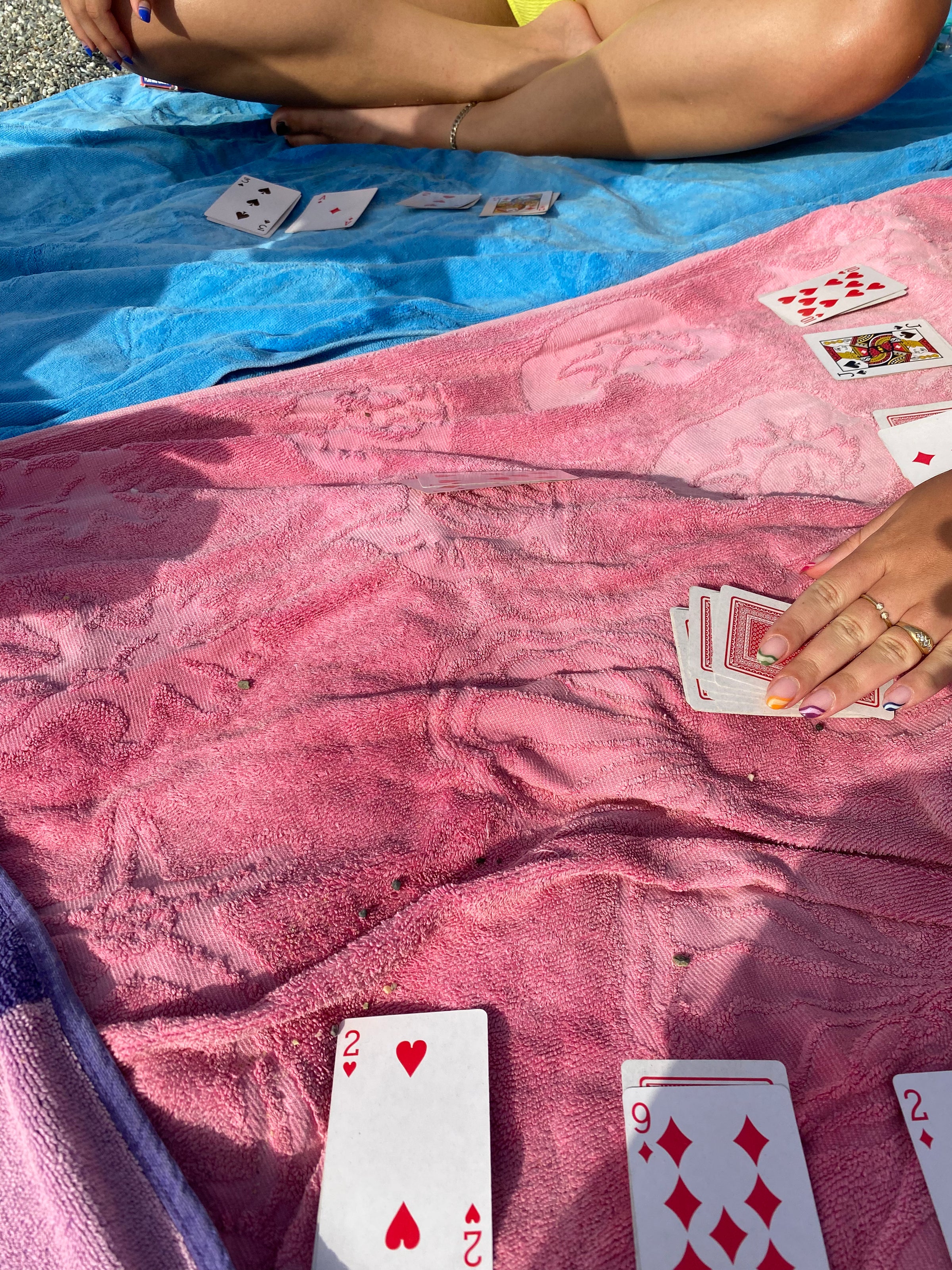
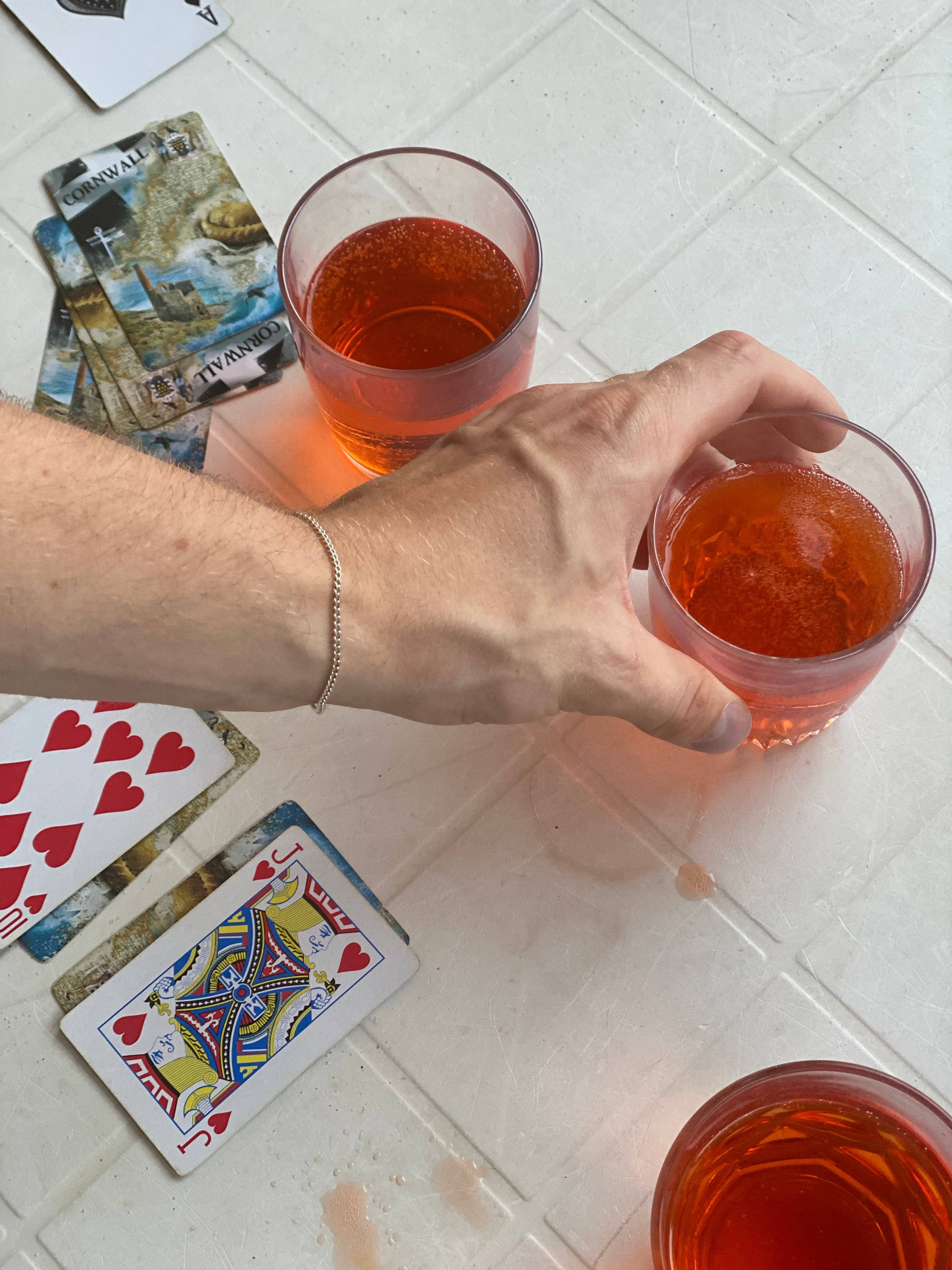
Nowadays still, southern Italy is more prone to using sets of 40 cards that have different suits than the standard deck of 52. Instead of the usual numbered cards with Jack, Queen and King to round them off, the southern cards depict no numerical symbols but rather special patterns to denote the suits as well as 3 faces: the knave, the horseman and the king. The suits are:
Denavi: Golden emblems bearing resemblance to a coin.
Coppe: Very ornate cups or goblets which are usually green, red and yellow.
Spade: The swords usually blue and gold. The royal cards show a horseman, woman and king holding curved swords much like the scimitar (an Arabic blade from Middle Eastern, South Asian, or North African cultures)
Bastoni: the equivalent of a club, it is a long rounded stick also beautifully designed with baroque features.
The Neapolitan deck, which uses these suits, is probably the best known and along with the games which evolved out of their inception, a fortune-telling system was also born. Cards were used to predict the future: the cavalier of Coppe represented luck in love or an imminent romance on the horizon. The three of Denavi indicated wealth, luxury and inevitable success in business. The woman of Spade meant that gossip or lies were being spread about you or that you would shortly encounter a female enemy. The five of Bastoni meant health, well being and good energy would await.

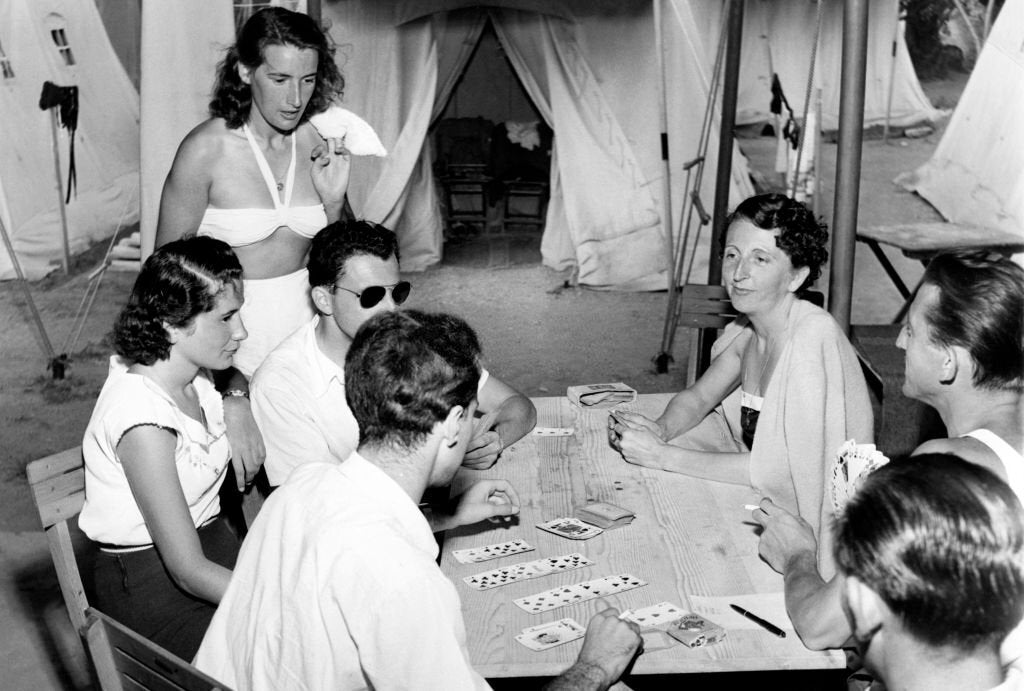
As a ritual of Italian living, hundreds of card games exist but the 2 most popular are Briscola e Scopa. Both require cunning as they are trick-taking games and it is likely that most Italians will know both very well, having learnt and played them from a young age. Grandparents will likely have taught their grandchildren the most popular ones as well as all the tricks up their sleeves to outsmart any opponent. The common interest in playing bridges the gap between generations. The beauty of a simple deck is its ability to bring together friends, families, and sometimes even strangers who all share the knowledge and the enjoyment ofle carte da gioco. Once you are taught the rules and have played your first match, it is impossible that it will be your last. You will immediately catch the bug and end up playing deep into the night.




